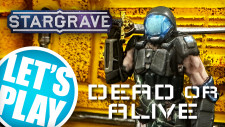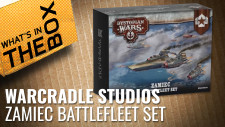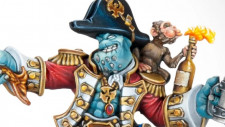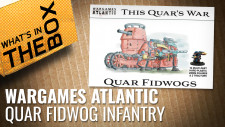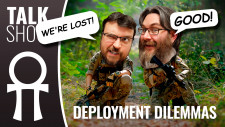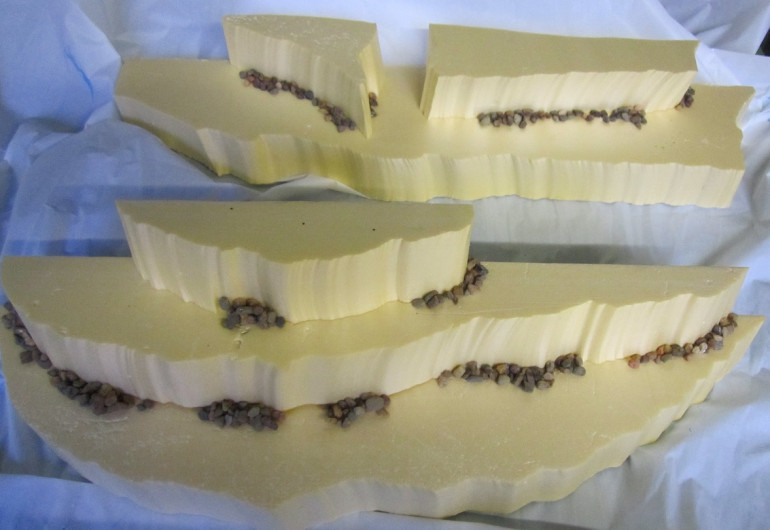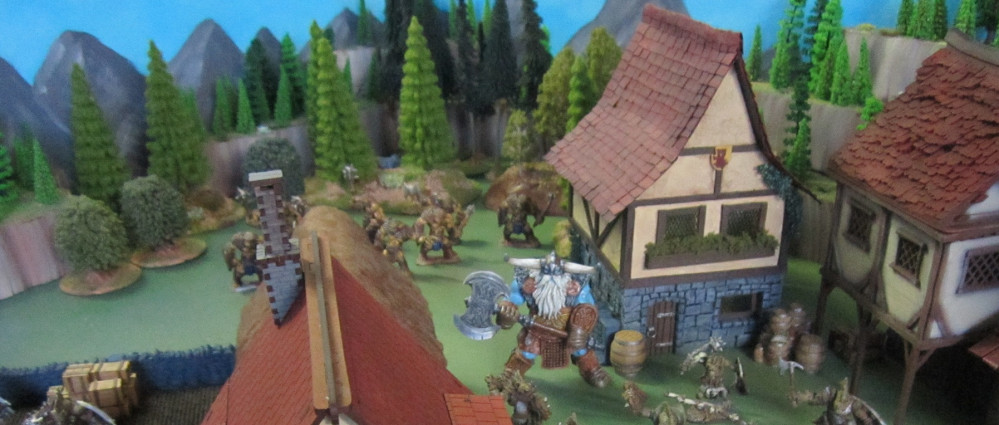
Background Terrain – Forested Mountains
Recommendations: 48
About the Project
Creating terrain to blend in the edge of a gaming board so as to improve the visual aesthetic.
Related Genre: Fantasy
This Project is Completed
Part 1 - Building the Bits
So, after a short absence from the Hobby due to work commitments, I was determined to get something done in the hobby space. With the local climate presently being too cold for detailed miniature paining, I decided to hit my usual fallback, terrain. I had not intended at the outset to utilise the project system, only deciding on creating a project partway through the build, so the first few steps will not have much by way of pictorial accompaniment. ie, this is just really an excuse for me to give the project system a trial run before embarking on anything more substantive project wise…
I had had an idea kicking around for a while to make some multi-levelled hills to sit along the edge of a gaming table. This would serve several purposes. It would be an efficient way of getting terrain down quickly, it would frame the battlefield, it would hopefully enhance the visual aesthetic of the gaming table, and, perhaps most importantly, it would reduce the chance of fast cavalry models getting accidentally elbowed off the table edge and shattering on the floor when they went on a romp down one of the flanks…
The build phase was fairly simple. I took a sheet of yellow insulation foam and cut long irregular shapes with a hot wire cutter. I ‘wiggled’ the hot wire cutter back and forth a little as I was cutting the foal to try and quickly replicate the effect of erosion on the cliffs (this was intended to be a quick project so I did not want to spend time carving the cliff faces by hand). I then cut a few smaller sections for the next levels and PVA’ed them in place. I then added a couple of foam off-cuts form another project to one of the formations to make a point of differentiation (this did not make it in to the below photo but will show up later on… Hey! I’m new at this 😛 ). While that was drying I took some aquarium gravel/stones and glued them along the join lines randomly to break up the transition a little.
Photo tells the story pretty well (Hooray! Photography ensues!)





























